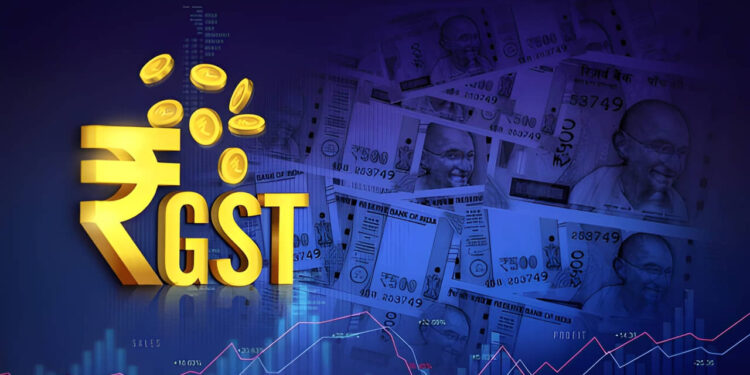The GST 2.0 reform was introduced in India, starting September 22, 2025, reflecting a two-slab GST based on a simplified tax system. It reduced the five earlier slabs of 0%, 5%, 12%, 18%, and 28% to the primary slabs of 5% and 18%. A higher GST rate of 40% was also levied on luxury/sin goods, including high-end cars and tobacco products, as well as products such as aerated drinks, pan masala, and others. Overall, the Indian GST 2.0 system aimed to increase tax revenues while achieving tax neutrality.
Key Features of the New GST System
- Currently, the two main GST slabs are 5%, which includes a majority of essentials and daily-use goods, and the 18% slab, which includes a wide range of consumer durables, automobiles, and services.
- Items such as Indian breads, daily-use soaps, toothpaste, packed food, agricultural machinery, medical devices, and certain household goods have been shifted to the lower 5% slab, reducing the tax burden on common consumers.
- The 18% slab includes items such as electronics, automobiles (comprising small cars and two-wheelers), cement, apparel costing more than ₹2,500, consumer durables, and financial services. Under this indirect system, the items mentioned above become more accessible, as opposed to the previous fiscal rates imposed on them.
- Meanwhile, sin and luxury goods such as tobacco, gutkha, mid-size and luxury vehicles, and carbonated beverages are taxed at a 40% rate. This is crucial for maintaining the generation of income from less essential or detrimental products.
- The reforms also incorporate streamlined filing processes, automated GST refunds, faster tax filings, and simplified registration to ease compliance, especially for MSMEs and startups.
Impact and Benefits
- Implementation of the GST 2.0 reform would provide a more transparent and easier follow-up of the tax compliance process for customers and businesses.
- Essential supplies and numerous consumer goods would be less expensive due to the rationalization of high tax rates, promoting consumption.
- As a result, industrial growth and other economic activities throughout India would receive a significant boost thanks to improved cash flows and prompt refunds for MSMEs and manufacturers.
- The simplification also strengthens the GST revenue base and enhances the efficiency of tax administration.
- The shift reflects a citizen-centric policy aimed at improving living standards and reducing the cost of goods, thereby empowering the middle class and the general public.
Recent Implementation Notes
The 56th meeting of the GST Council officially implemented these reforms under the leadership of Union Finance Minister Nirmala Sitharaman.
From November 1, 2025, an overhauled GST registration system will enable low-risk applicants to be automatically approved within three days, providing relief to those seeking to start their business and fulfill their obligations.
Overall, the GST 2.0 reforms have had a favourable impact, as evidenced by consumption patterns and a stronger demand expansion outlook for the Indian economy.
The change in India to a straightforward two-slab GST system is one of the most significant overhauls since GST was introduced in 2017. This change illustrates the government’s efforts to rationalize the tax structure, minimize disputes, lower the tax burden on essentials, and ensure fairness in the taxation of luxury items and sin products, all of which contribute to the country’s economic growth and usher in a new era of business.


